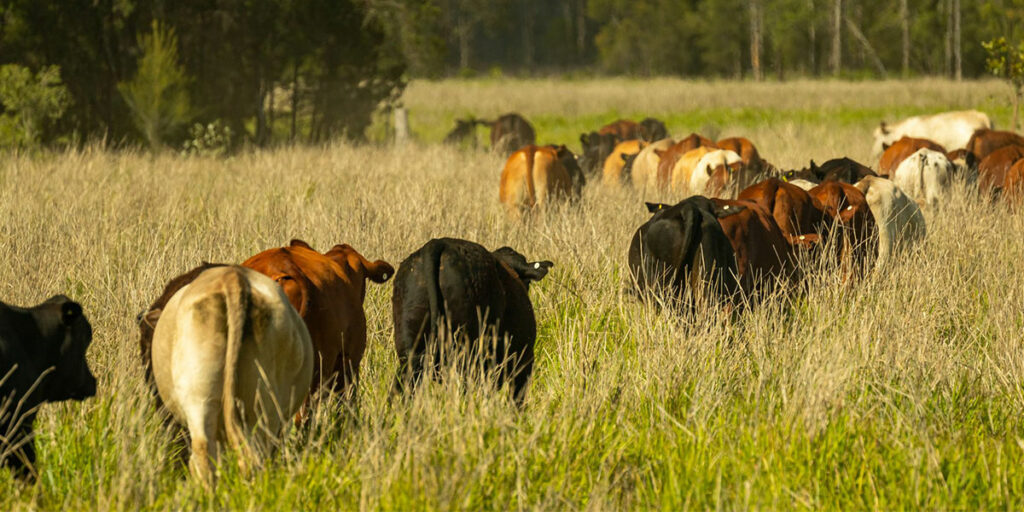Meat & Livestock Australia is investing in the future of southern rangelands with an exciting, four-year project called the Rangelands Living Skin. This project, led by NSW Department of Primary Industries, will link farming families, scientists, educators, and other collaborators to evaluate cost-effective practices that focus on regenerating the rangelands to support production now and into the future.
What is the Rangelands Living Skin project?
The goal of this project is to create an evidence-base for helping widespread adoption of practices that benefit soil, plants, animals, and people – the living skin of the rangelands. The project will run from 2020 to 2024 and has two key components:
- A research component that focuses on understanding how different management practices affect soil health, vegetation structure and animal productivity.
- An extension component which focuses on supporting producers to implement those practices.
Soil health monitoring
The research component includes monitoring of soil health, landscape function and vegetation across 14 sites on seven properties throughout western NSW rangelands that are managed under various forms of planned rotational grazing. This data will provide a baseline of soil carbon and other ecological and productivity metrics to help producers understand:
- How their management choices impact their soils over time?
- How these metrics relate to each other and landscape characteristics?
The research value
With limited soil carbon data available in the Rangelands, particularly in relation to the variability in results at a local, paddock or broader scale, understanding the various elements is critical in the eventual design of a sampling program to quantify soil carbon in these landscapes. Importantly, any claims of changes in soil carbon because of management change, whether it is for research or soil carbon projects, will rely on being able to statistically differentiate measured changes from the noise that happens from random chance of where you take a sample. The aim is to minimise the sampling variability of results for the resources spent in the field sampling, ensuring that producers who want to participate in a soil carbon project can identify the returns they are due.
CarbonLink™ is a natural fit for this project because their proven scientific methods in the analysis of carbon in soil is world class. Underpinned by NetScan™, producers can be confident in precise carbon baselining on their properties.
Conclusion
The Rangelands Living Skin project is an important investment into regenerating the rangelands to support production now and into the future. By undertaking research in a collaborative manner, while incorporating capacity building and peer supported learning activities, producers have access to information about management practices that benefit both their land and business. This project provides a great opportunity for individuals to learn more about soil carbon and management practices that contribute to regenerating rangeland environments.
For more information visit:



